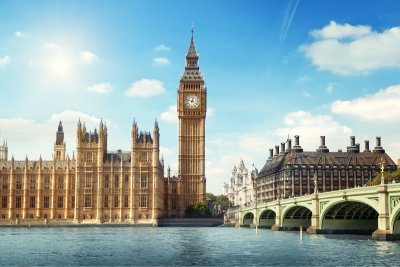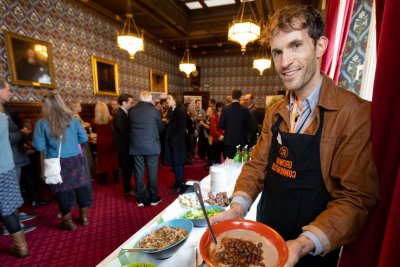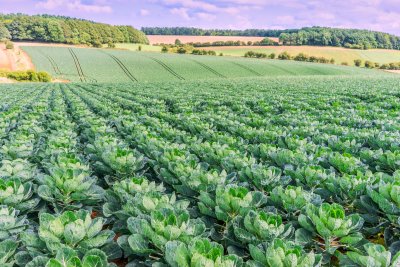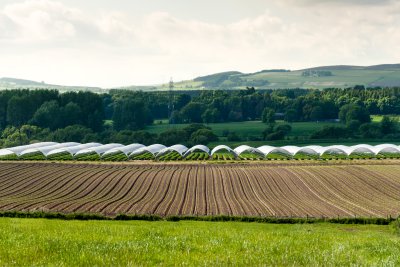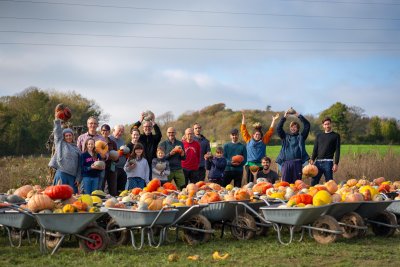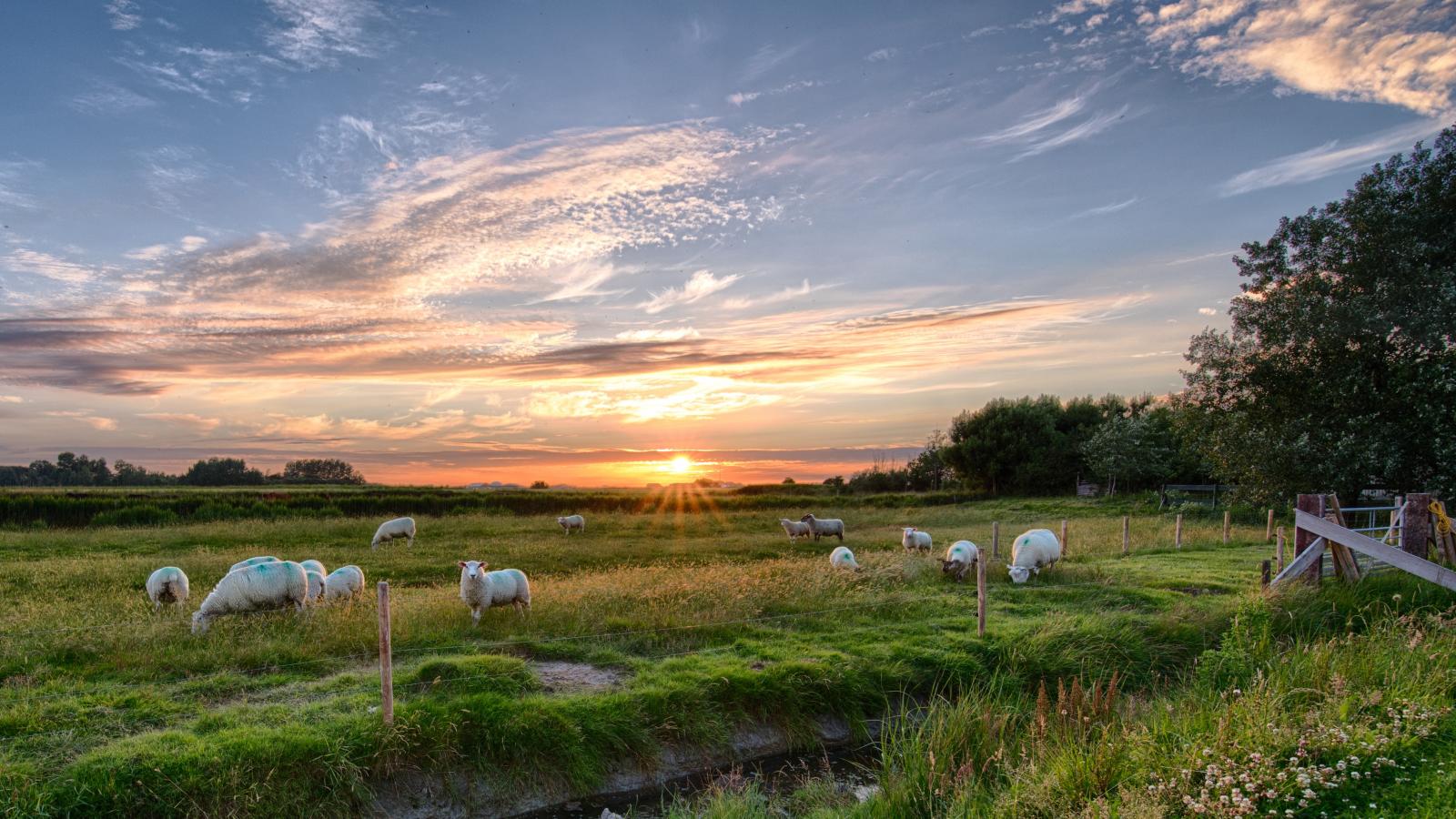 sheep credit: Pexels
sheep credit: Pexels

Rewilding Britain publishes new report - Rewilding and Climate Breakdown: how restoring nature can help decarbonise the UK
Sustain takes a look at a new report on rewilding the UK to tackle biodiversity loss and climate breakdown. Given the very real need to address these issues - whilst also protecting and enhancing the UK's ability to feed itself more equitably, healthily and sustainably - such studies will be key in thinking what UK land is for.
This new report explains how a new carbon system combined with a carbon tax, through a rewilding-based approach, could financially support farmers and other landowners to increase carbon sequestration on their land and restore degraded ecosystems.
The proposals build on existing indications of a widespread change of approach – for example the increasingly accepted ‘public money for public good’ principle for recognising good stewardship of the land and sea, and the National Farmers’ Union (NFU) commitment to reach net zero emissions by 2040.
The report explains how its aims can be met without the significant loss of high quality, productive farmland: the new payments would be particularly focused on less productive and marginal landscapes. The new subsidies would not be set at levels so high that they outstripped financial returns from farming in more productive lowland and arable systems, and perversely incentivise the wide-scale abandonment of food production in UK farming.
Farmers and land managers would be paid a per hectare amount based on the type of land in question, and the restored natural ecosystem that it would be supporting. A specified carbon price would be multiplied by the quantified tonnage of carbon that could potentially be sequestered in the restored natural ecosystem type. This means that the payments system has a quantitative basis in science rather than being arbitrary.
The report calls for the establishment of a mandatory economy-wide carbon pricing mechanism linked to carbon emissions, to raise dedicated revenue to help fund these ‘natural climate solutions’. The mechanism should incentivise emissions reductions whilst providing extra funds to support carbon sequestration in the agricultural and land use sectors. There would be a basic carbon rate with the same price per tonne for carbon sequestered as for carbon emitted.
The suggested indicative annual standard payments would support:
- - restored peat bogs and heathland at £292/ha
- - woodland at £512/ha
- - species-rich grassland at £144/ ha
- - saltmarsh at £322/ha, ponds and lakes at £204/ha
- - offshore ecosystems at £161/ha per year.
The report suggests a cap of around 1000 ha for any individual landholding to avoid inadvertently benefitting the largest landholder, but there should be enhanced payments for land holdings that come together to create contiguous zones of recovering, protected and restored ecosystems.
It also recommends that government should support locally-led partnerships to coordinate action across landholdings to ensure natural climate solutions are designed and brokered locally within each ecological, economic and cultural context.
The report suggests that if £1.9 billion of the £3 billion currently spent on CAP payments were allocated towards supporting native woodland re-establishment on rough grassland, and restoration and protection of peatbogs and heaths over 6 million ha, this could sequester 47 million tonnes of CO2 per year, more than a tenth of current UK greenhouse emissions.
To put this in context of the scale of other land uses in Britain:
- Grouse moor estates cover around 1.3 million ha in England, Scotland and Wales
- Deer stalking estates cover around 1.8 million ha in Scotland
- Blanket and raised bog peatlands cover around 2.3 million ha or 9.5% of the UK land
- Cereal crops are grown on 3.2 million ha of the UK and oilseed crops on 590,000 ha, out of a ‘total croppable area’ of 6.1 million ha.
The report acknowledges that the government will have other priorities they wish to support, so the proposed payments would be as well as other subsidies for other goods.
Heathlands and peatlands: £292/ha/year. To avoid any perverse incentives (i.e. to degrade and then restore) they propose that intact areas of bog should attract the same support. Peatland hydrology must not be disturbed by access roads for grouse shoots or windfarms, and no peat must be removed from the landscape.
Native woodlands: £512/ha/year. As with peatlands, they propose that the same subsidy should be payable to owners and managers of old-growth native forests as to those who allow forests to regenerate on grasslands etc, in order to remove any perverse incentive to deforest and restore. Commercial conifer plantations should not be eligible, except where they are removed and replaced with native woodland. In addition, scrub and bracken should not be seen as a negative presence on the landscape, but as a useful succession phase to more established woodland.
Species rich grasslands: £144/ha/year. They propose that this would only be payable where a reduction/cessation in grazing and/or an increase in biodiversity in cut meadows can be clearly demonstrated.
This lower carbon price (as compared to woodlands and peat bogs for example) reflects not only the science but the fact that an economic return from livestock and vegetation removal (hay) can still be earned, perhaps to support premium value extensive meat production in a dynamic mosaic of natural/grazed/cut areas.
Saltmarshes and other coastal ecosystems: £322/ha/year. These can sequester very large amounts of carbon in sediments, as well as being important for fisheries, biodiversity and coastal protection. In addition, in order to adapt to rising sea levels, there is a need to incentivise managed coastal retreat, and allow transformation of existing agricultural land that is no longer viable into saltmarsh.
Recent estimates in the scientific literature yield a figure of 2.2 tonnes/ha/ year. Multiplied by 3.66 to convert to CO2 equivalent and with a carbon price of £40/tonne this means saltmarshes would be eligible for payments of £322/ha/year.
It has been shown that grazing dramatically reduces carbon accumulation in saltmarshes, so removal of grazing pressure is vital under this scheme.
Ponds and lakes: £204/ha/year. There is a less extensive literature on the carbon accumulation rates of lakes and ponds. One recent study suggested average rates of 1.4 tonnes/ ha/year49. Multiplied by 3.66 to convert to CO2 equivalent and with a carbon price of £40/tonne this means ponds and lakes would be eligible for payments of £204/ha/year.
Land managers would need to provide detailed maps of their holdings in order to qualify, but this already applies with the current subsidy system of Basic Payments and any additional ‘greening’ payments. It is worth noting that under the current system ponds and lakes are classed as ‘permanent ineligible features’, so farmers are given an incentive to destroy rather than safeguard them. The authors of the report would also include wetlands in this category.
Offshore habitats, particularly seagrass meadows: £161/ha/year. These habitats are also large carbon stores and sinks. However, carbon can be rapidly released when they are damaged by trawling or other human activities. We would propose that payments incentivise the restoration and protection of coastal shelf ecosystems against the damage inflicted by trawling fisheries, particularly where community-led.
However, the carbon sequestration potential is too uncertain to set a clear price at present, and it is worth noting the potentially vast aggregate area under consideration here. One recent estimate is that seagrass ecosystems accumulate about half as much carbon as saltmarsh, giving an indicative price of £161/ha/year. This may well be more than the value of these ecosystems realised by repeated trawling, and could thereby incentivise their full protection as no-take marine conservation zones.
While this report does not claim to propose an entire new subsidy regime and could sit within the newly proposed Environmental Land Management Scheme (ELMS), it does envisage the abolition of the basic payments scheme (BPS). In order not to replicate the inequities of the BPS the report proposes a cap for subsidies of 1,000 ha per holding where land holdings are substantial – such as on large upland estates. This should ensure that the scheme is more equitable and does not incentivise land speculation or disproportionately benefit the largest landowners. It also proposes that in tenanted systems the payments should go to tenants rather than landowners as is currently the case.
There is ongoing consideration of how the scheme might apply to commons, which exist across Britain and are subject to differing access and grazing regimes. Many commons have different owners and graziers, where the latter exercise grazing rights under law. Any reduction in grazing or change in management to benefit carbon storage and biodiversity needs to be incentivised by financially rewarding current graziers, and we propose any payments are proportional to current grazing rights where these are exercised. This is a complex area, however, and proposals require refinement and consultation.
See the report for more detail on costings and feasibility, actual carbon pricings proposed.
Rewilding and Climate Breakdown: how restoring nature can help decarbonise the UK, April 2019
Sustainable Farming Campaign: Pushing for the integration of sustainable farming into local, regional and national government policies.
Sustain
The Green House
244-254 Cambridge Heath Road
London E2 9DA
020 3559 6777
sustain@sustainweb.org
Sustain advocates food and agriculture policies and practices that enhance the health and welfare of people and animals, improve the working and living environment, promote equity and enrich society and culture.
© Sustain 2025
Registered charity (no. 1018643)
Data privacy & cookies
Icons by Icons8
